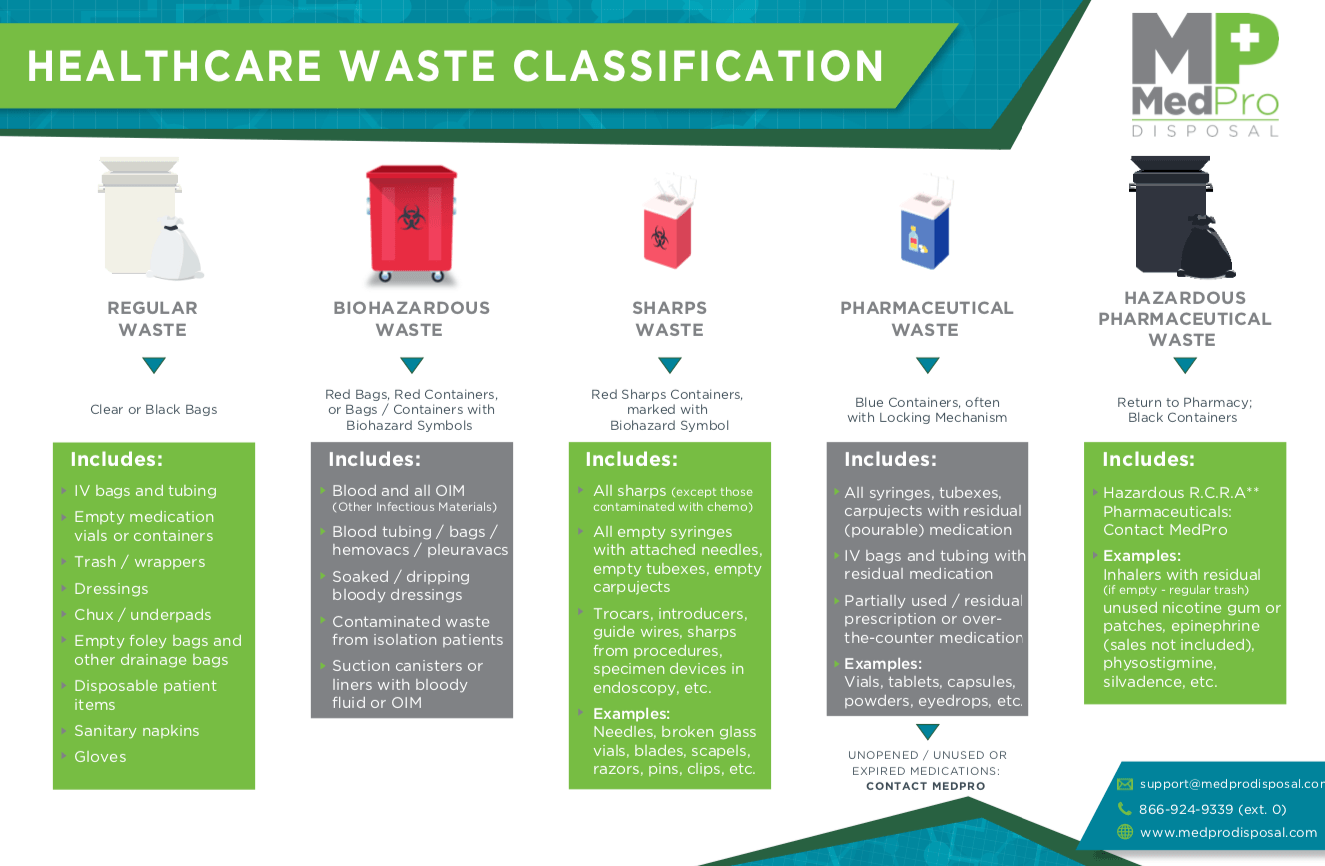Comfort at Your Doorstep: Finding Reliable Medical Waste Removal Near Me
Comfort at Your Doorstep: Finding Reliable Medical Waste Removal Near Me
Blog Article
Comprehending the Different Sorts Of Waste Disposal Strategies
In the realm of waste administration, the range of disposal methods offered today is large and varied, each technique serving a distinctive purpose in addressing the difficulty of waste disposal. click here. From reusing techniques that aim to provide brand-new life to products, to the elaborate procedures of contaminated materials monitoring, the landscape of waste disposal is complex yet vital for ecological sustainability. Understanding the subtleties of these various methods not only clarifies the relevance of accountable waste monitoring but additionally triggers us to reassess our technique in the direction of garbage disposal in a swiftly progressing world

Recycling Approaches
Reusing approaches are critical for lasting waste management techniques in both commercial and domestic settings. medical waste removal. By implementing effective recycling techniques, a significant amount of waste can be drawn away from land fills, preserving all-natural sources and minimizing the ecological influence of manufacturing processes
In household locations, curbside recycling programs play a crucial duty in motivating households to separate recyclable products from basic waste. Materials such as paper, plastics, glass, and steels can be arranged and gathered for handling into new products, decreasing the need for raw products and energy-intensive manufacturing procedures.
Industrial facilities also rely upon recycling approaches to minimize waste generation and advertise a circular economy. By carrying out closed-loop systems, companies can recycle products within their production processes, reducing costs and environmental footprint. medical waste removal service. In addition, commercial recycling programs usually include collaborations with specialized recycling facilities to ensure that materials are properly sorted, refined, and rehabilitated into the supply chain
Composting Techniques

Oxygenated static heap composting entails mixing organic waste materials in a huge heap and routinely turning it to make sure correct oygenation. This strategy is fit for smaller-scale operations and households.
In-vessel composting involves placing organic waste in a shut container with regulated conditions for temperature level and oygenation. Windrow composting includes creating long rows of organic waste and consistently transforming them to promote disintegration - medical waste disposal.
Land Fill Disposal
Garbage dump disposal is a frequently made use of approach for handling waste that can not be recycled or composted. Methane gas, a result of decomposing natural waste in landfills, is frequently gathered and used as a resource of sustainable power. Initiatives to decrease dependence on garbage dumps include promoting waste decrease, recycling, and exploring different waste disposal approaches to decrease the ecological impact linked with standard garbage dump disposal methods.

Waste-to-Energy Incineration
Incineration of waste for energy generation is a technique significantly being thought about as an option to typical landfill disposal strategies. Waste-to-energy incineration includes the combustion of waste products at high temperature levels, usually in specialized centers created to generate electrical energy or warmth via the procedure - click here. This technique not only minimizes the quantity of waste that would certainly otherwise be predestined for landfills yet also utilizes the warm created throughout incineration to develop energy
One of the vital benefits of waste-to-energy incineration is its capacity to generate electrical energy while minimizing the ecological effect compared to standard landfill disposal methods. By converting waste into energy, this strategy helps in lowering greenhouse gas exhausts and reliance on fossil fuels for power generation. Furthermore, waste-to-energy centers are equipped with sophisticated air contamination control modern technologies to reduce possible toxic wastes released during the combustion process.
Contaminated Materials Monitoring

Thinking about the essential relevance of accountable waste monitoring techniques, specifically his explanation in the world of ecological sustainability, the emphasis now moves towards the detailed domain of Hazardous Waste Administration. Contaminated materials postures considerable threats to both human health and the atmosphere, requiring specialized handling and disposal techniques. Common examples of contaminated materials include chemicals, batteries, chemicals, and digital waste.
Harmful Waste Management entails the identification, collection, transportation, treatment, and disposal of materials deemed hazardous or potentially dangerous. This procedure needs adherence to strict regulations and standards to reduce unfavorable influences on ecosystems and public wellness. Numerous approaches are employed in taking care of hazardous waste, including recycling, safe land fills, encapsulation, and chemical treatment.
Proper Harmful Waste Management is vital for stopping contamination of soil, water resources, and air pollution. It is important for industries, labs, health care centers, and other generators of hazardous waste to apply durable monitoring strategies, training programs, and emergency situation action prepares to guarantee the secure handling and disposal of these materials. Failure to take care of contaminated materials suitably can have far-ranging repercussions, highlighting the significance of liable and diligent methods in this area.
Conclusion
Finally, garbage disposal methods play a vital duty in managing and reducing the effect of waste on the setting. From reusing and composting to garbage dump disposal and waste-to-energy incineration, each technique has its own advantages and constraints. Correct administration of harmful waste is additionally vital to secure public health and the atmosphere. It is important for industries and people to understand the various garbage disposal strategies offered and choose the most appropriate approach for lasting waste monitoring.
In the realm of waste monitoring, the variety of disposal techniques offered today is vast and differed, each approach serving a distinct function in resolving the difficulty of waste disposal. click here. From reusing methods that intend to give new life to products, to the complex processes of unsafe waste monitoring, the landscape of waste disposal is intricate yet critical for environmental sustainability. Understanding the subtleties of these different methods not just drops light on the significance of liable waste administration however likewise triggers us to reconsider our method in the direction of waste disposal in a quickly advancing world
Initiatives to reduce dependence on garbage dumps include advertising waste decrease, recycling, and exploring alternate waste disposal techniques to reduce the ecological footprint associated with conventional landfill disposal methods.
It is vital for individuals and sectors to understand the different waste disposal strategies offered and pick the most suitable technique for lasting waste administration.
Report this page